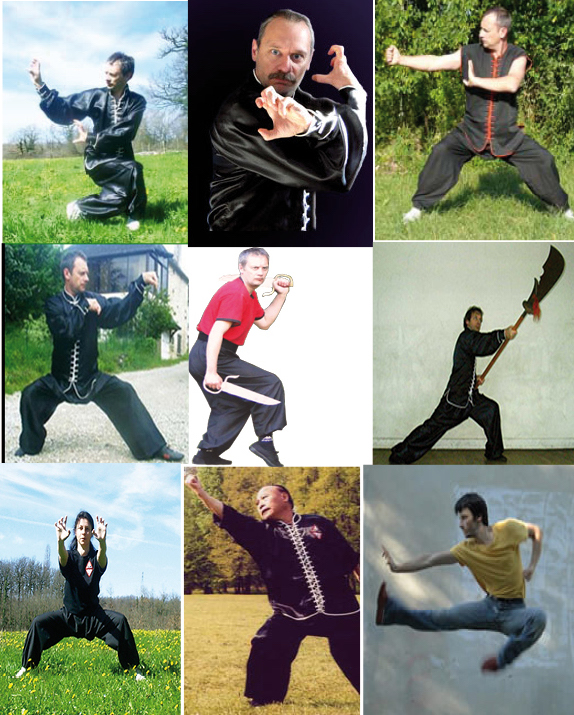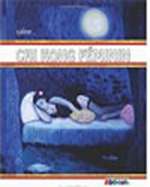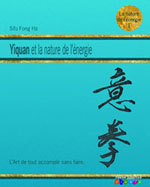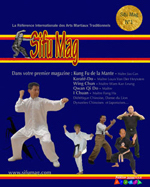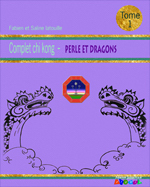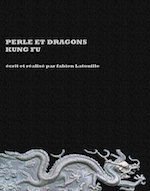-
Le Kung Fu (Gong Fu ou Wu shu)
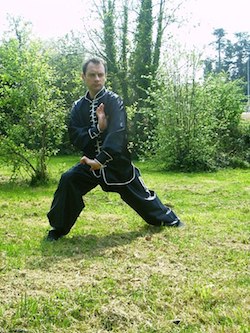 Kung Fu, of Chinese origin, means Traditional Martial Art (In truth it is a little more complex than that, but hey, let's keep it simple...). It is at the origin of all modern martial arts such as Karate, Judo, Jujitsu.... It is practiced today by millions of people of different races, cultures and ages.
Kung Fu, of Chinese origin, means Traditional Martial Art (In truth it is a little more complex than that, but hey, let's keep it simple...). It is at the origin of all modern martial arts such as Karate, Judo, Jujitsu.... It is practiced today by millions of people of different races, cultures and ages.
Martial Arts are conducive to an awareness of body schema , they develop complete physical possibilities, balancing laterality and verticality, an interesting concept in our fundamentally cerebral and unilateral societies... Learning is structured around forms. They are a succession of movements, sequences of techniques with bare hands or with weapons (sword, stick, sabre, spear...) which are applicable in defense.
This discipline is inseparable from the spirit of Kung Fu, synonymous with sharing, respect for discipline, a taste for work and surpassing oneself; on the other hand, it voluntarily dismisses the spirit of competition, the motivation which consists in "being better than the other"... Indeed, Kung Fu is above all the art of cultivating longevity. It not only consists in knowing how to react in case of aggression but its effects are also beneficial for health.
Kung Fu, in close relationship with nature, is often developed from the observation of animals such as the tiger, leopard, crane, the dragon, the serpent; the founders have often demonstrated a perfect sense of mimicry. There are also concepts from Taoist philosophy such as the 5 elements, yin and yang...You will discover here the styles we practice.
Reminder of information: Know that the monastery of Shaolin and Wudang are not traditional schools but intended for tourism. (see the report on sifumag.com), just as there is no rank (belts) in traditional Kung fu (nor Dan, duan or other). -
Style Hung Gar
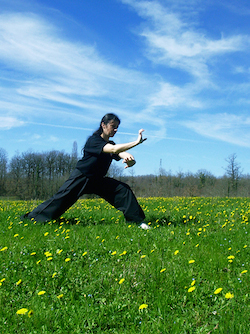 Hung Gar is one of the best known styles of Kung Fu in southern China today, thanks in particular to the famous Wong Fei Hong (1850-1933).
Hung Gar is one of the best known styles of Kung Fu in southern China today, thanks in particular to the famous Wong Fei Hong (1850-1933).
Hung Gar is characterized by its low and stable positions, its powerful attacks mainly developed with the arms, its many blockages with the work of internal energy.
Often called "style of the tiger and the crane", it nevertheless uses postures imitating the 5 animals and the 5 elements:
the Dragon, the Tiger, the Crane, the Leopard and the Serpent; Earth, Metal, Water, Wood and Fire.
Style includes:
5 shapes with bare hands. 4 forms with bare hands partner. 12 forms with weapons. 8 forms with weapons and partner.


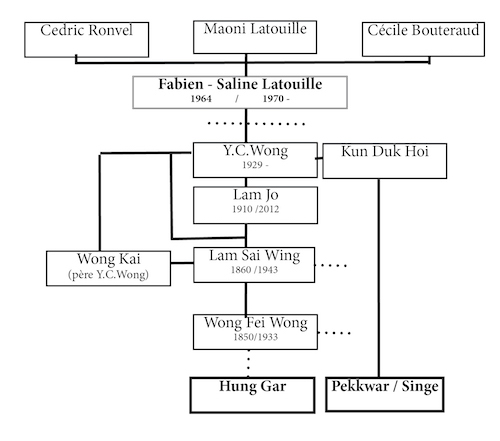
-
Tang Lang
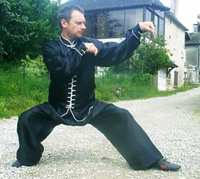
Style of the praying mantis, an insect with forearm movements and quick and powerful movements.
.
The system overwhelms opponents with attacks as fast as they are precise, with dislocations, lock picks and slaps.
With a formidable efficiency, it is an offensive and disconcerting style where each movement is millimetered. Fabien Latouille learned this style in China during the courses he organized in Master Liu's school with a friend of the latter (see eagle). Trained by Li and a great friend of Master Liu, Li deyu who was a Sanda instructor of the Criminal Police Academy of China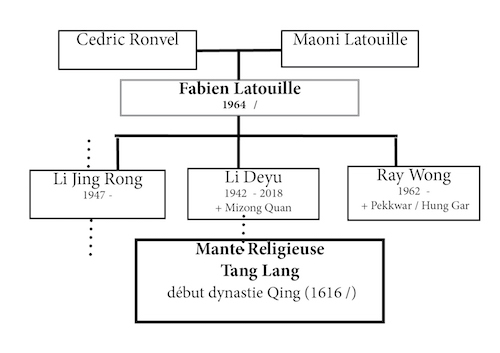
-
Style Ying Chuan
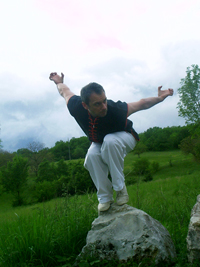
The Ying Chuan (eagle) is the rock eagle system. Rock eagle kung fu (southern eagle style) Composed of 128 techniques (snatch, jump, spin, roll...), this style comes from the Taoist mountains of the Langshan Mountains. Learned for 15 years with the hermit Master Jiang.
Master Liu Hong has made his reputation thanks to competitions and especially to the many films in which (actor or choreographer).
This branch is recognizable by the typical postures (now adopted in the other branches). Fabien Latouille learned for 15 years from the master and organizes internships in France and abroad. Each year Fabien and Saline return to China to visit.
He is the adoptive "grandfather" of their children.
The style includes 28 forms with bare hands and 18 with weapons.
Fabien is the only successor of the master and he is happy to share the style.

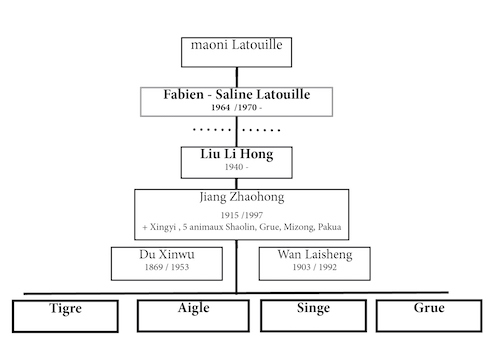
-
Style Pekkwar
The Pek kwar (4 forms with bare hands and 8 forms with weapons), famous boxing of the emperor's guard. Cutting (or cutting) hands


-
self défense/ Perle et Dragons
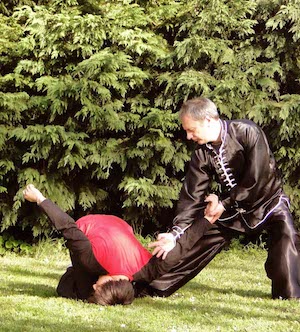 Perle et Dragons Kung Fu was created by Fabien Latouille. It is a compilation of several styles and 35 years of experience with the principle of working more on instinct than following a traditional lineage often unsuitable for people today.
Perle et Dragons Kung Fu was created by Fabien Latouille. It is a compilation of several styles and 35 years of experience with the principle of working more on instinct than following a traditional lineage often unsuitable for people today.
The spiritual research of new practitioners today being different, rather than making inaccessible (and often built on very fragile foundations) Fabien with Perle and Dragons Kung Fu makes it possible to make a bridge between tradition and the modern world.
"It is useless to learn and force forms not to use them, it confuses our brains more which has no interest.
The modern world having decided to make people less patient and more in a hurry , hence the creations of small forms of tai chi etc... my research of 35 years of experience led me to the creation of this style."
Students' research is mostly more about spectacular (modern) or efficiency, this last option that Fabien prefers by far is the very basis of this style that can be mastered in just 3 years.
It is obvious that for the purists, it is necessary to prefer the traditional styles.
Traditional weapons and forms are not taught there. The short stick, chain, knife... We teach self-defense for security guards, security guards etc...to find out more visitez le site ici -
Autres Styles
Nous enseignons aussi le Chang Chuan (traditionnel), Wing chun, tigre, grue, choy li fut, singe, Yan
Tuto Chang Chuan
Choy Li Fut


